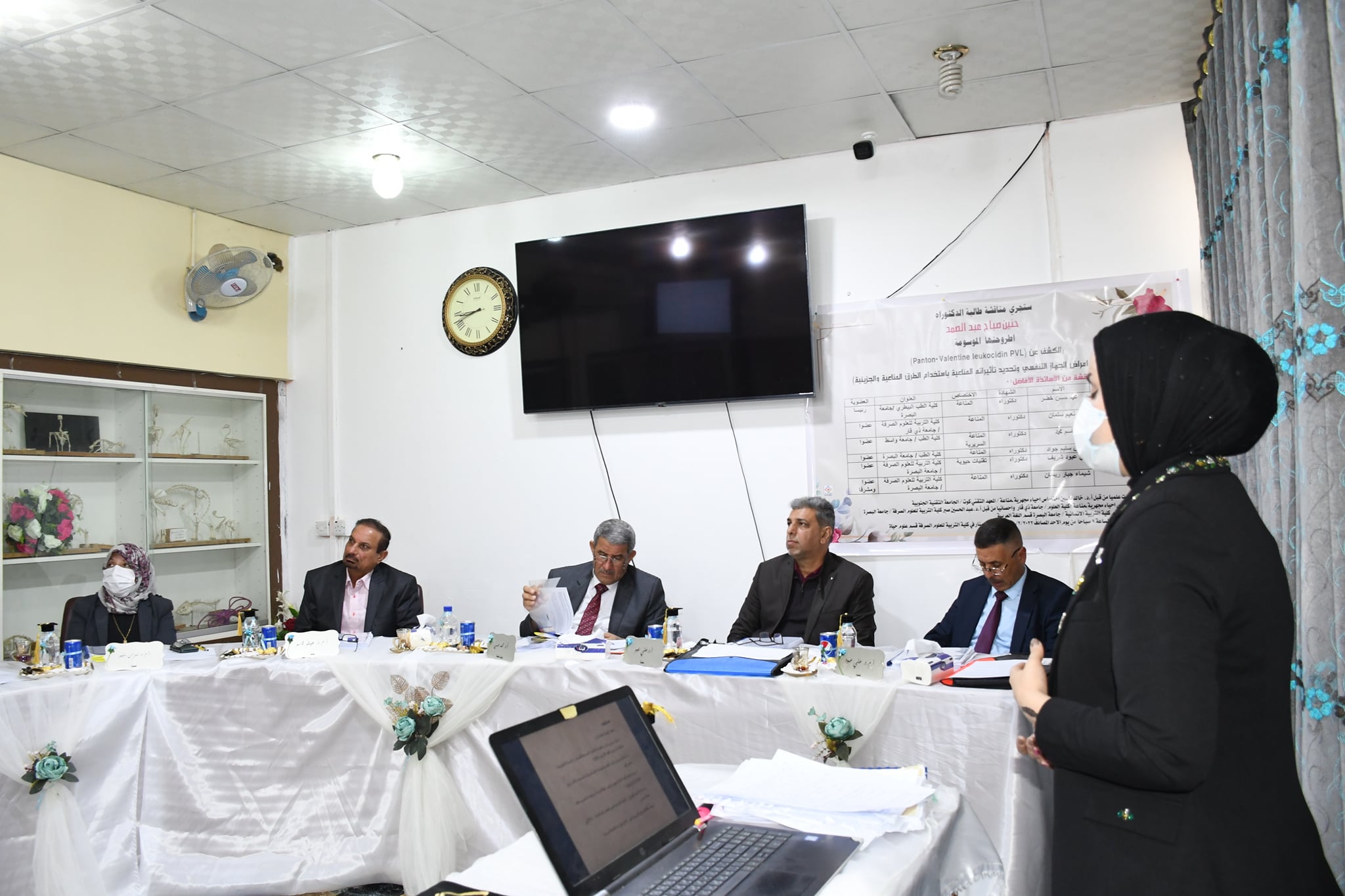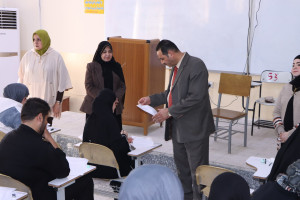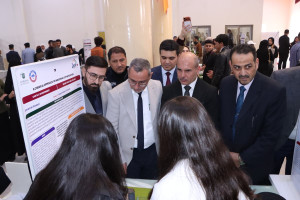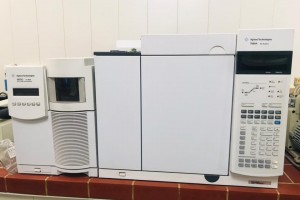
The College of Education for Pure Sciences, Department of Life Sciences, University of Basra, discussed a doctoral thesis on (Detection of Panton-Valentine leukocidin (PVL) in patients with respiratory diseases and determining its immunological effects using immunological and molecular methods)
The thesis presented by the researcher (Haneen Sabah Abdel-Samad) included paying attention to the active role of the virulence factor, the toxic protein Panton-Valentine leukocidin (PVL) produced by Staphylococcus aureus bacteria and its immune effect on respiratory diseases (asthma, tonsillitis and chronic obstructive pulmonary disease). ) It was observed that the neutrophils and the receptor for glycoprotein cd64 increased, as well as an increase in the level of the concentration of antibodies and IL8 as a chemoattractant for them, with an increase in the level of the concentration of C5a R1 with the presence of previous indications of infection with bacterial toxins.
A new PVL protein was reported in the World GenBank (Staphylococcus aureus strain IQH21 Panton-Valentine leukocidin (pvl) gene, partial cds
GenBank: OK298391.1)
Thesis concluded
Asthma patients affected by the immune changes accompanying the disease or microbial infection compared to patients with tonsillitis and COPD
High level of antibody concentration in all diseased conditions, most affected by asthmatic patients
Increased neutrophil influx and expression and CD64 expression by increased complement proteins, C5a R1 receptor, and interleukin-8
Elevation of G-antibodies against PVL in patient samples
There is a direct relationship between PVL toxic protein and the studied immunological indicators
Study recommended
Conducting more studies to detect and investigate methicillin-resistant Staphylococcus aureus bacteria producing the PVL gene in the tonsils on a larger number of samples, and conducting more physiological and immunological studies to know the effect of PVL on immune cells in the upper respiratory tract
And further molecular studies to detect PVL-producing bacteria
And limit the indiscriminate use of antibiotics without consulting a specialist.








